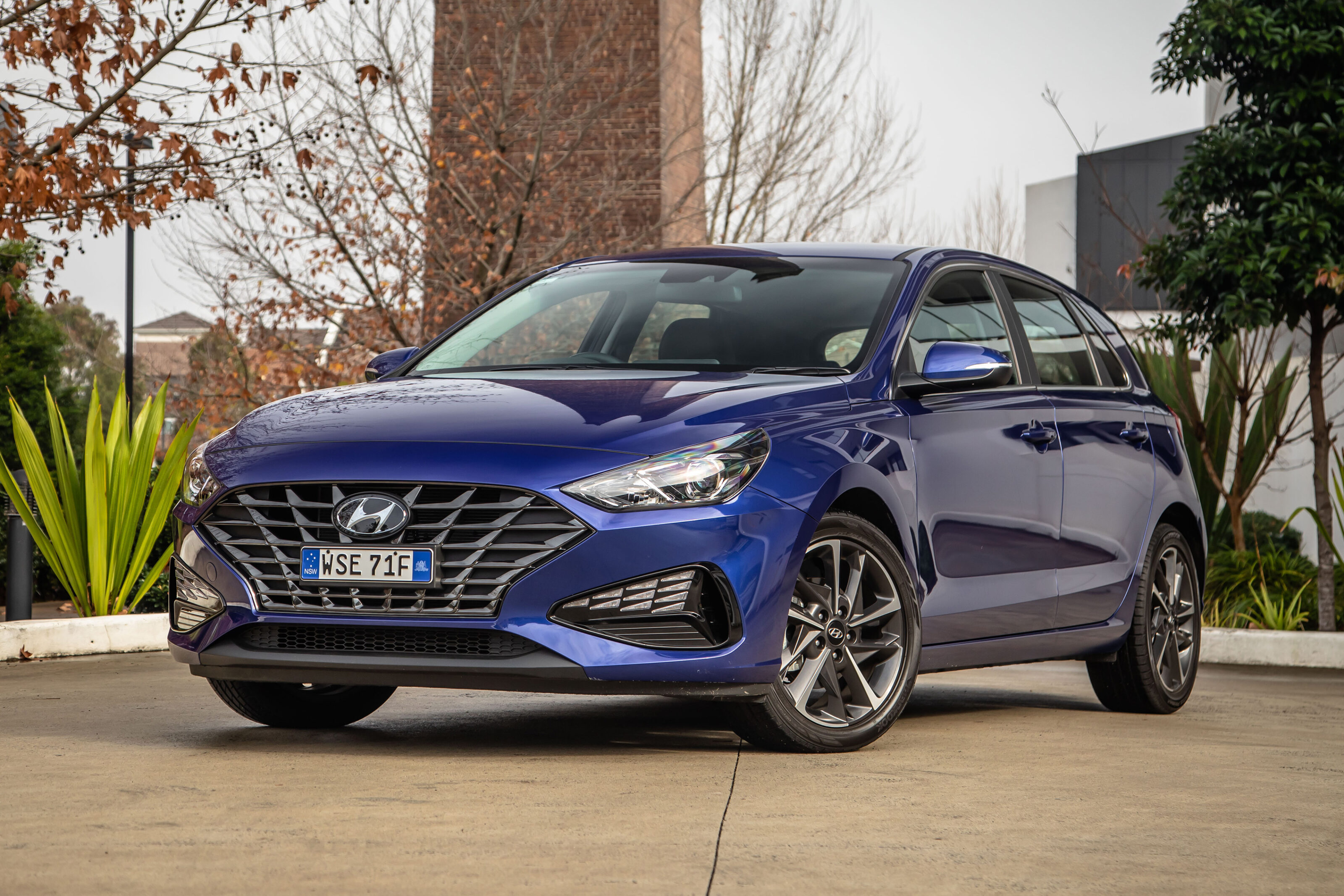Score breakdown
Things we like
- Nice chassis balance
- Smooth engine and transmission
- Good spec/price
Not so much
- Cabin a bit grey
- Tight rear seat
- No wireless Apple CarPlay/Android Auto
- Halogen headlights
Hyundai’s i30 hatchback is a perennial seller, bucking the SUV trend that the brand itself has helped to build.
This current generation is a terrific car in the same way as the current Toyota Corolla. Sensible, straightforward, no-nonsense motoring but with a little bit of flair while you’re at it.
Earlier this year, the i30 range was updated to reflect changes in the market since its very well-received launch, with new tech and minor re-jigging of the still-extensive range, all with an eye on the segment’s constant evolution and the inevitable comparison with the shiny new Golf 8.
Pricing and Features

The i30 Hatch range is five deep, with an entry-level, Active, Elite then N-Line and N-Line Premium. The first three all make do with Hyundai’s 2.0-litre naturally-aspirated four-cylinder and the cheaper torsion beam rear end, so the differences are all in the specification details.
Of course, there is another i30 hatch, the N, but that’s not really a part of the standard range.
Weighing in at $30,220 before on-roads, the Elite has 17-inch alloys, a seven-speaker stereo, dual-zone climate control, keyless entry and start, active cruise control, in-built sat-nav, perfectly reasonable fake leather trim, power windows and mirrors, auto wipers, wireless charging pad and a proper full-size spare wheel (huzzah!).

The Elite scores the bigger 10.25-inch screen, which also deletes the wireless smartphone integration. I’m mad about it and I can tell you that Hyundai isn’t super-keen on it either, so it’s not some kind of advanced troll.
The seven Infinity-branded speakers are pretty good, though, and the wireless charging pad is useful for a second phone in the car that isn’t being used with the screen.
Standard across the range is a rather useful part-digital dash. Like the Honda Civic’s, the central section is a big digital speedo, gear indicator and various bits of useful information while temperature, fuel and tacho remain analogue.
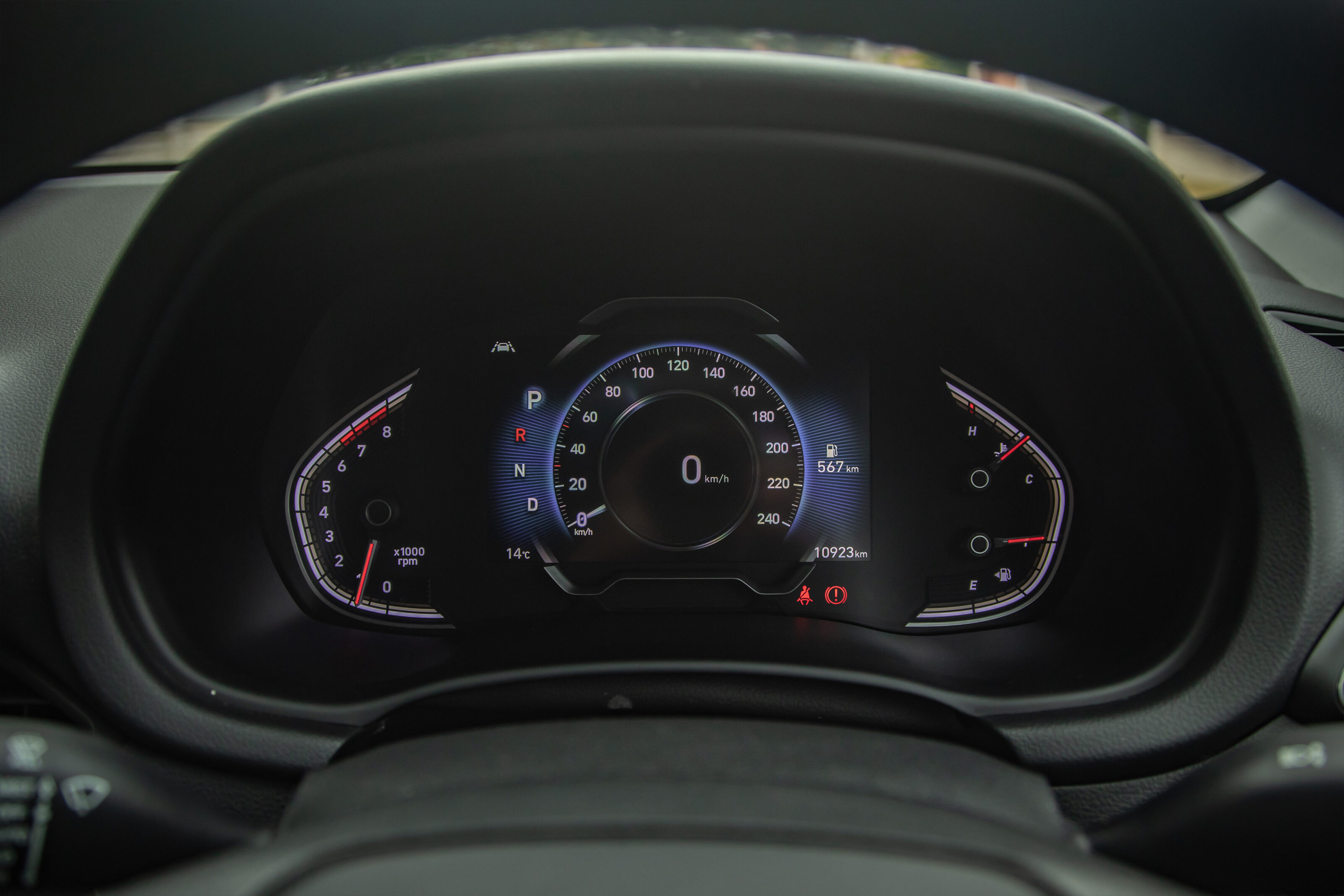
The Elite’s safety swag is pretty good for the price and does well to keep up with the segment’s safety-keen rivals like the Mazda3.
You get seven airbags (including a knee bag), the usual traction and stability controls, blind-spot warning, driver attention detection, forward collision warning, forward AEB, lane following and lane-keep assist, reverse cross-traffic alert, reversing camera, rear parking sensors and safe exit warning. That last one is a nice touch.
Its forward AEB has pedestrian and cyclist detection and works at both low and high speeds, with both a camera and radar to do the work. It does miss out on rear AEB, which would be nice as it’s in the Mazda3.
There are three top-tether anchors and two ISOFIX points for the child and baby seats.
The i30 scored its five-star ANCAP rating in 2017.
Comfort and Space
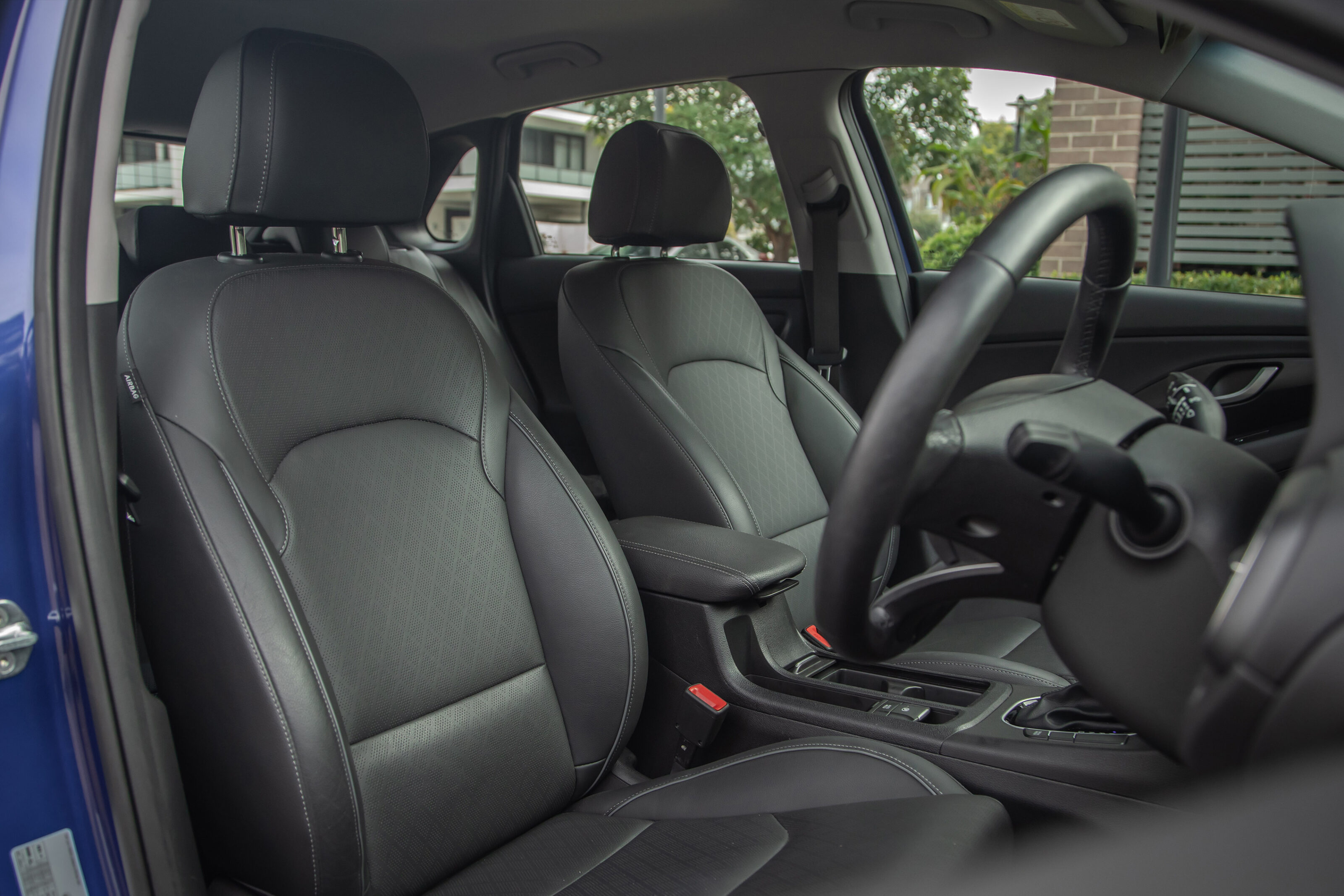
The rear seat of the Hyundai i30 is functional rather than expansive. Behind my driving position, I can fit okay but it’s not especially comfortable for longer trips as my knees touch the seatback, which has a plastic shield.
It’s cosy enough and the seat is well-shaped without destroying the middle seat, which, as ever, is for smaller folks only.
There are, however, air vents in the back which is still a big win in 2021 and the armrest has two cupholders. The doors have slim pockets with a bottle holder but they’re for smaller bottles only.
Up front, the seats are very comfortable, there are slim bottle holders in the door and two cupholders in the console. As there isn’t a handbrake, the console itself is very uncluttered and everything is very easy to use.
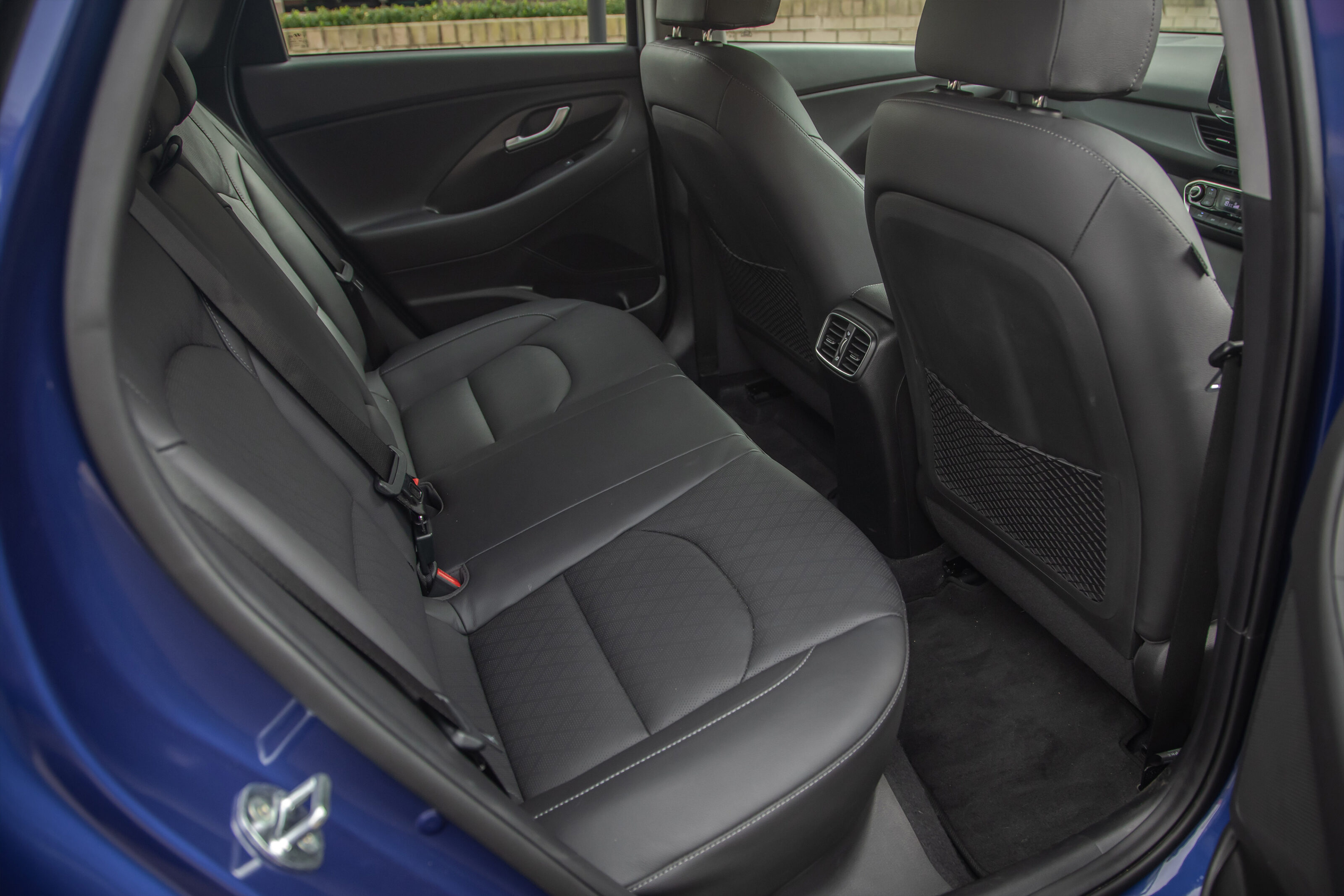
The boot is a very useful 395 litres with the seats in place and if you fold the rear seats it rises to an impressive 1301 litres.
If you want more space again, the grand-or-so more expensive i30 Sedan Elite (the four-door formerly known as Elantra) has a massive boot, way more legroom and a very different interior design as it rides on a different platform. If you want less space in both the boot and back seat, get a Kona.
Having said all of these things about the available space, it stacks up well against the Mazda3 and gives the Corolla a bit of a shellacking with much easier rear access and a bigger boot.
If you want more space again, the grand-or-so more expensive i30 Sedan Elite has a massive boot, way more legroom and a very different interior design.
On the Road
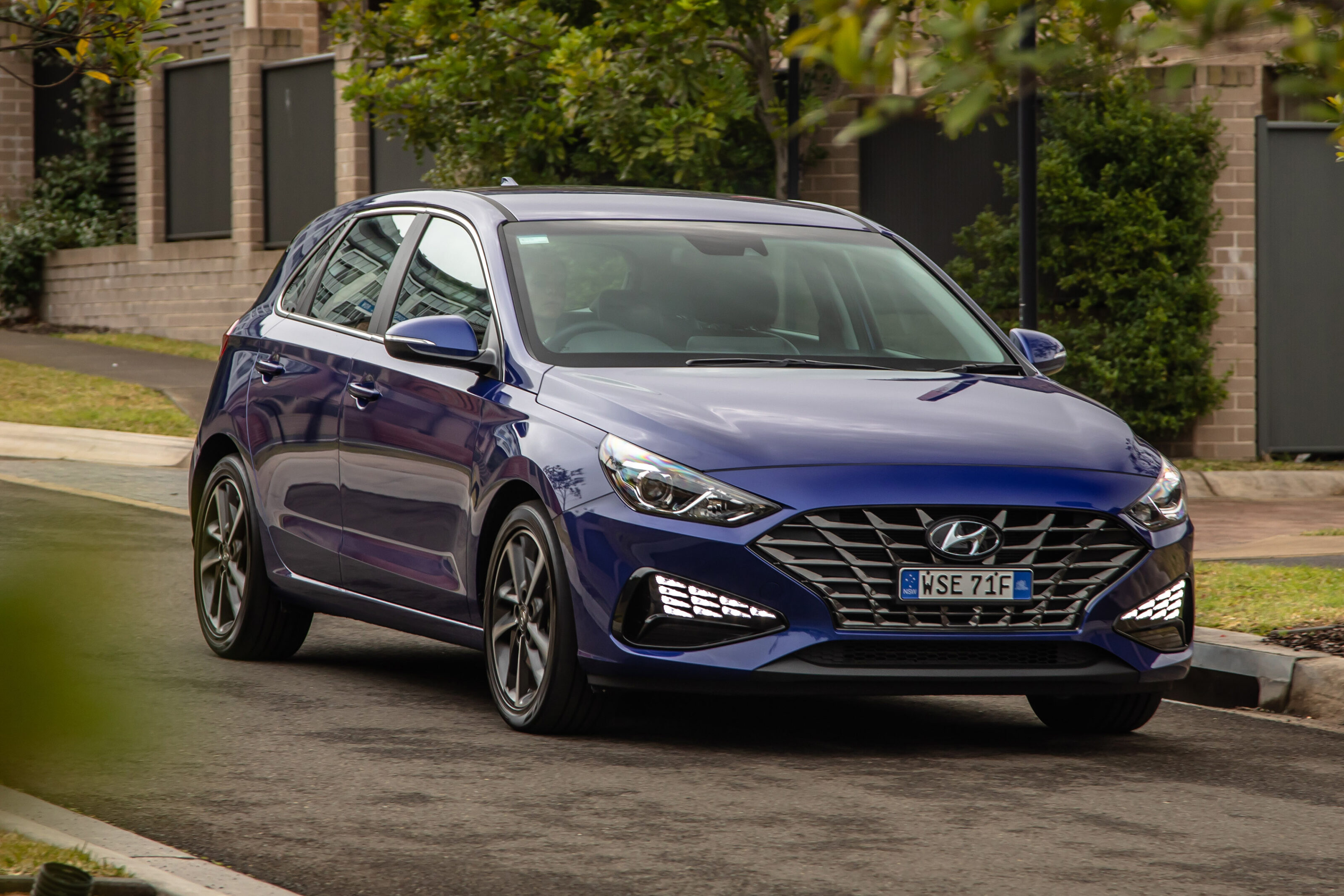
One of the reasons this third-generation i30 has been so impressive from launch is that it drives really nicely.
While the 2.0-litre is hardly what you’d call characterful or exciting in any way, it does the job quietly and smoothly, hooked up to a well-sorted six-speed automatic transmission (there is a manual in the entry-level car).
Tuned, as ever, by Hyundai Australia’s feted suspension team, the ride and handling balance is exceptionally good, especially considering the torsion beam rear-end and the fact that the class is full of good stuff.
The ride is where the effort has gone in the 2.0-litre cars and it’s very smooth and easygoing without any loss in body control.
Of course, an over-enthusiastic corner entry will result in squealy tyres and understeer, but it’s all very straightforward to gather up and continue on. You’re not going to be moving particularly quickly, granted, but it’s quite a pleasant thing to drive.
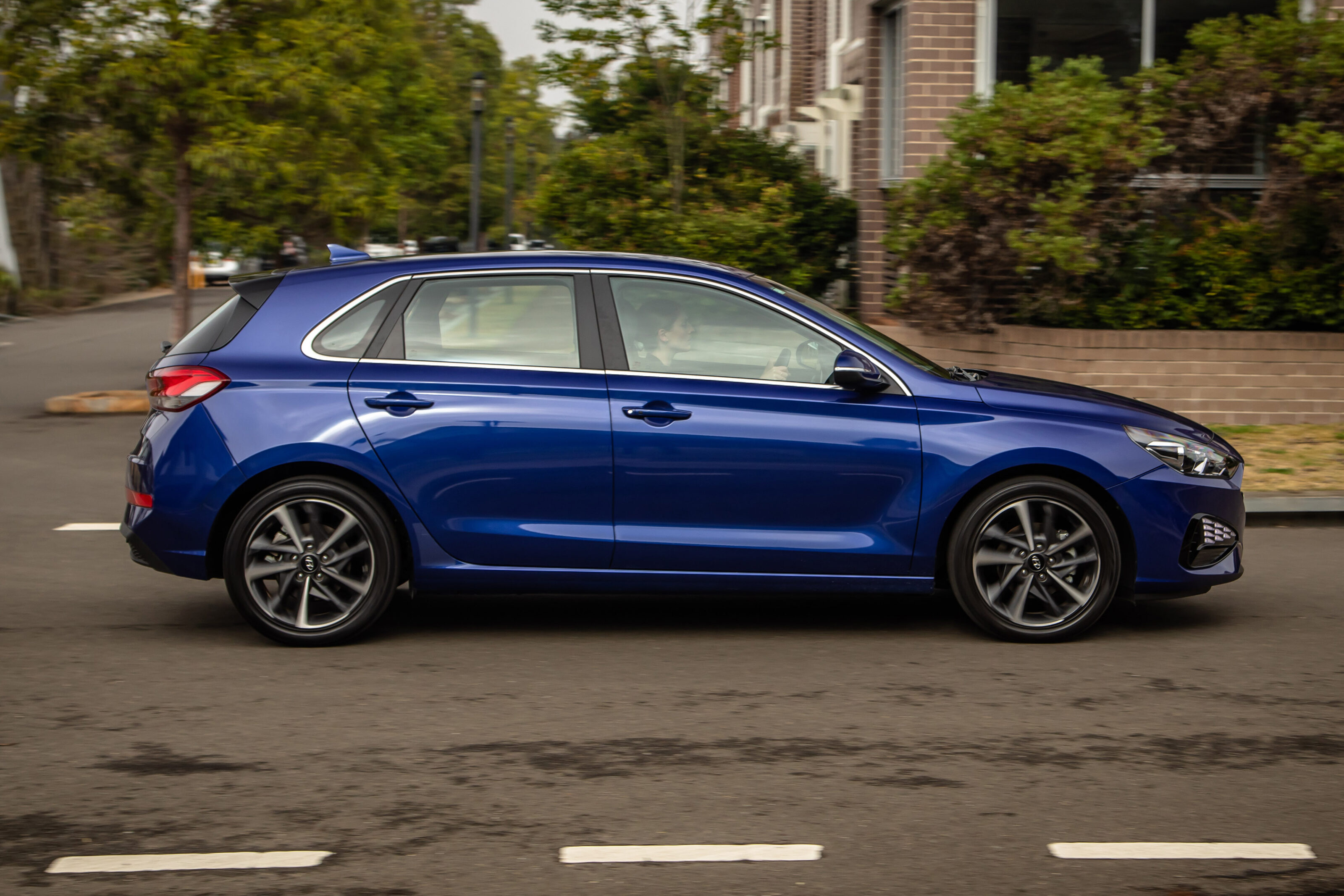
On 80km/h-plus roads, it’s quiet and comfortable and you can pound through the miles without getting tired from wind or road noise. It’s very impressive and acquits itself well against newer and more expensive cars.
A Twitter follower who had spent a few days in a rental DMed me and asked how it was so good and then went out and bought one. “I can’t see how anything else could be much better than this,” they said.
Quite.
The brakes are well-modulated and the racy steering – 2.57 turns lock-to-lock – is also well weighted and just chatty enough without scaring the horses.
Tuned, as ever, by Hyundai’s feted Australian suspension team, the ride and handling balance is exceptionally good, especially considering the torsion beam rear-end.
Ownership
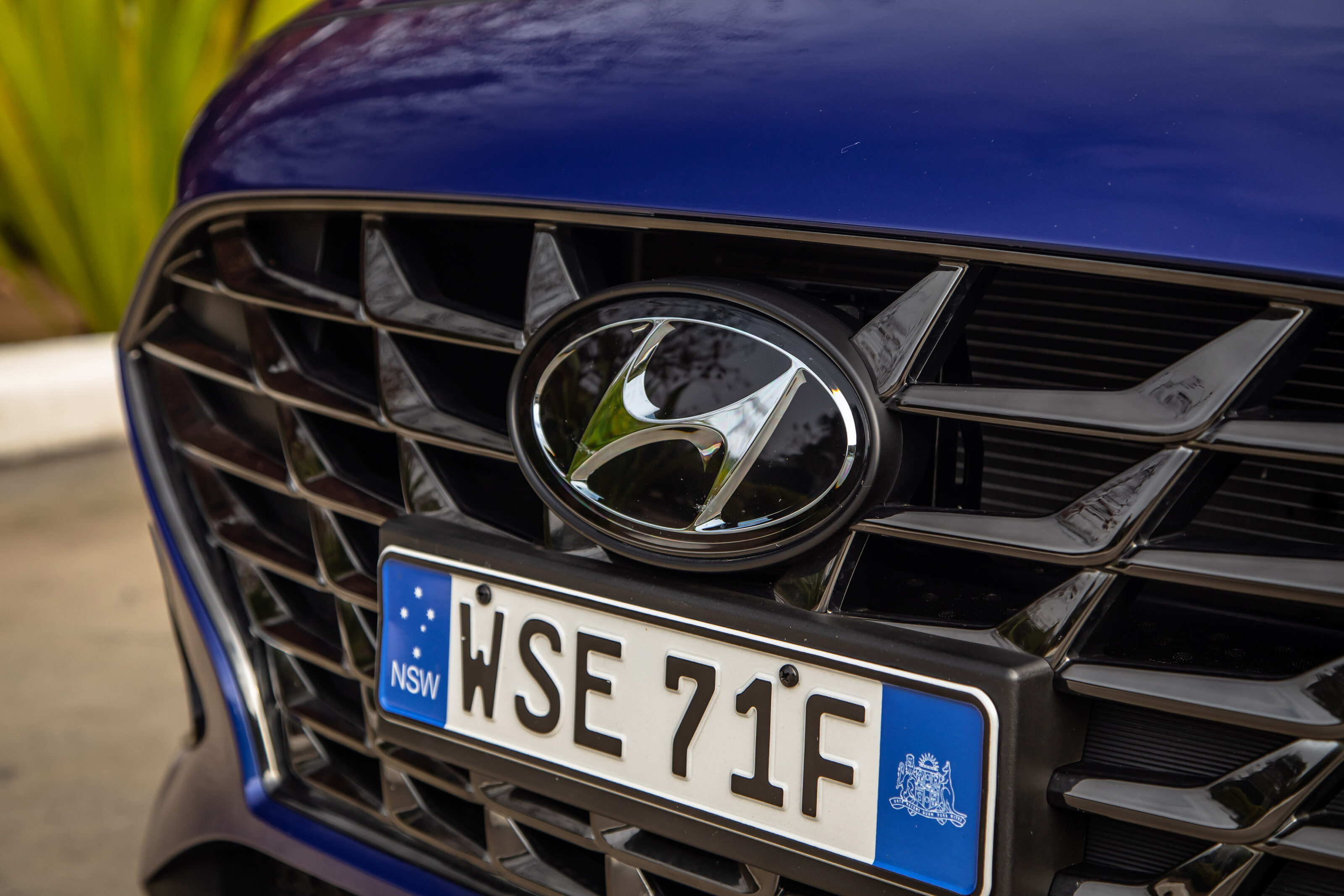
Hyundai’s five-year/unlimited-kilometre warranty applies, along with an initial 12 months roadside assist that extends by a year every time you service at a dealer.
The naturally-aspirated i30s only need to visit the workshop every year or 15,000km and you can rely on the lifetime capped-price servicing plan or pre-pay for three years ($777), four years ($1116) and five years ($1385) in advance.
Around $280 per year servicing isn’t bad, but the Corolla is much cheaper on that front while Mazda is more expensive.
The service pricing for the turbo-engined N-Line variants is a little more expensive.
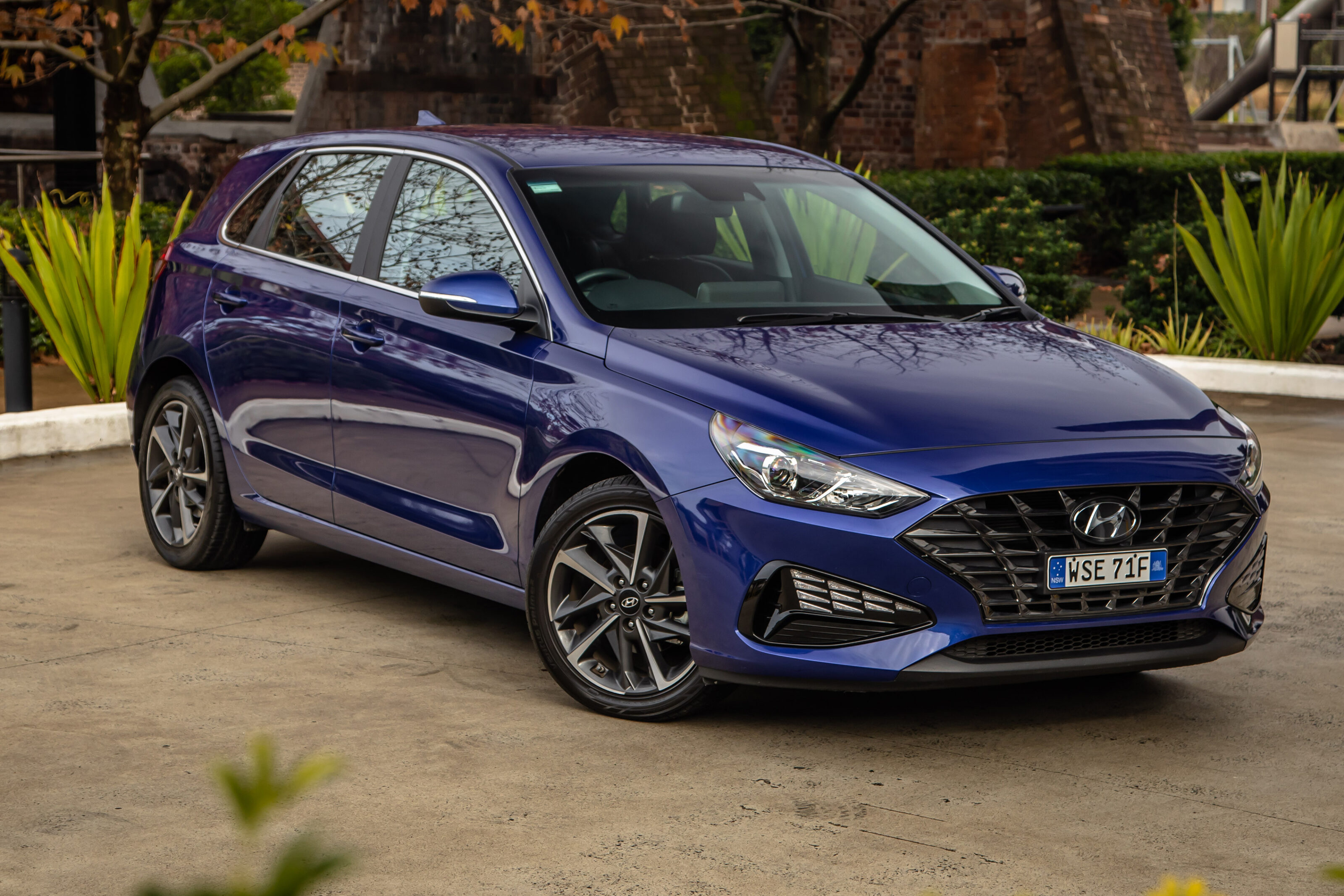
VERDICT
Sometimes you look at the top-spec car and think, “Nah, stick with the spec below.” Often it’s just silly stuff or a sneaky extra safety item (which to be fair, is the case here) but the Elite really is quite a nice specification.
Yes, the Active is pretty good, but with the smaller screen – albeit with wireless CarPlay/Auto – and less plush interior, the extra bits and pieces in the Elite are definitely worth considering.
2022 Hyundai i30 Elite specifications
| Body: | five-door hatchback |
|---|---|
| Drive: | front-wheel drive |
| Engine: | 2.0-litre four-cylinder petrol |
| Transmission: | six-speed automatic |
| Power: | 120kW @ 6200rpm |
| Torque: | 203Nm @ 4700rpm |
| Bore stroke (mm): | 81.0 x 97.0 |
| Compression ratio: | 11.5 : 1.0 |
| 0-100km/h: | 10 sec (estimate) |
| Fuel consumption: | 7.4L/100km (combined) |
| Weight: | 1382kg |
| Suspension: | MacPherson struts (front); torsion beam (rear) |
| L/W/H: | 4340/1795/1455mm |
| Wheelbase: | 2650mm |
| Brakes: | 280mm ventilated disc (front); 284mm solid disc (rear) |
| Tyres: | 225/45 R17 |
| Wheels: | 17-inch alloy wheels (full-size alloy spare) |
| Price: | $30,220+ ORC |
Score breakdown
Things we like
- Nice chassis balance
- Smooth engine and transmission
- Good spec/price
Not so much
- Cabin a bit grey
- Tight rear seat
- No wireless Apple CarPlay/Android Auto
- Halogen headlights


